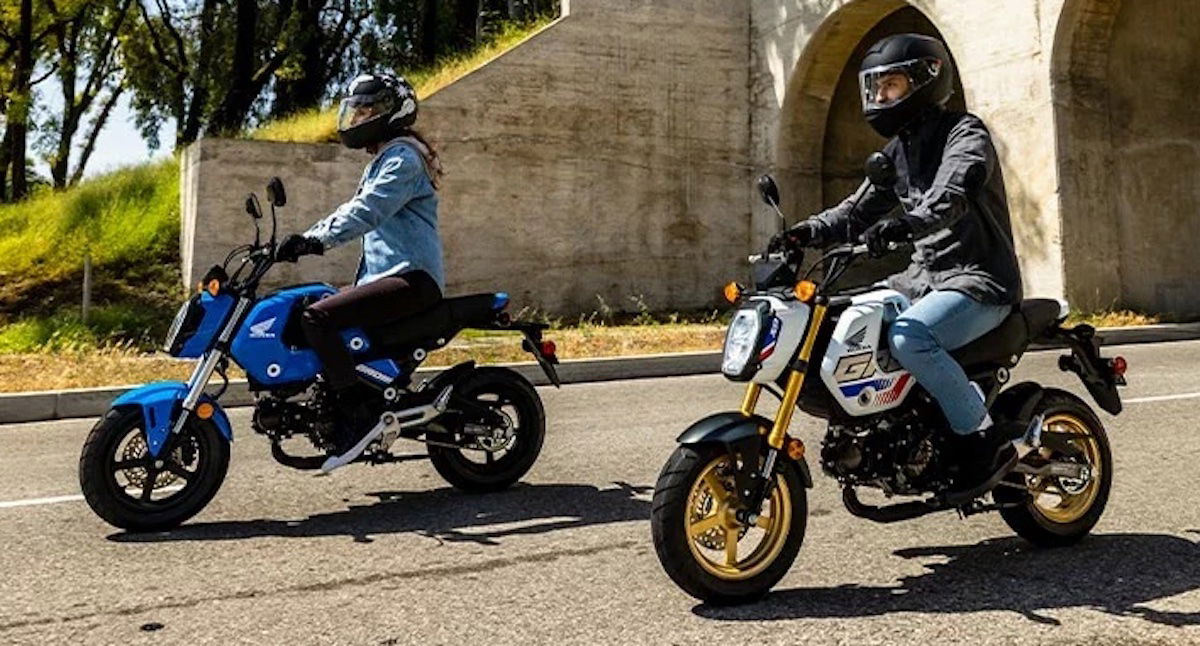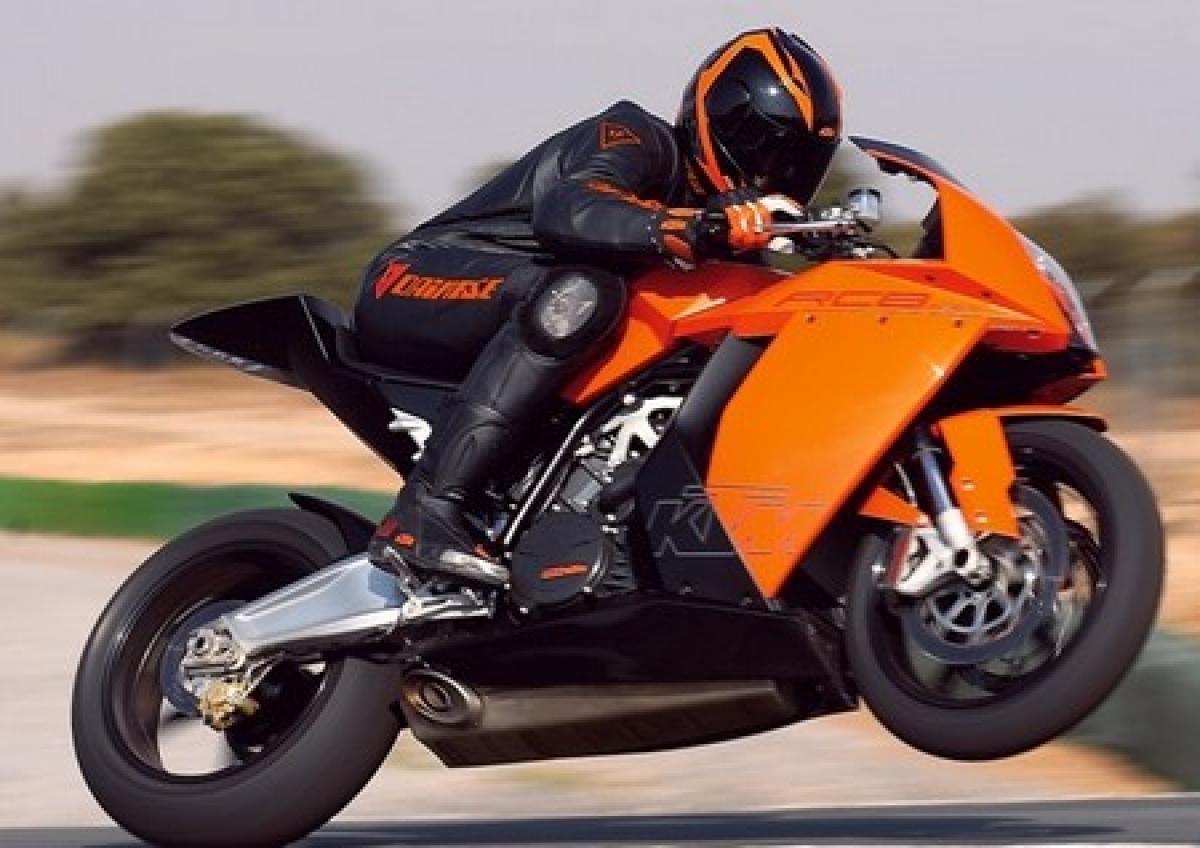The good old days? | 10 things you no longer see in motorcycling - good and bad!
Time's arrow marches forward bringing change acrossing motorcycling... but which long departed things do we miss and which deserve to stay in the past?

It’s a time of fervent change in motorcycling.
Ducati has announced it’ll become the electric motorcycle supplier for the MotoE World Cup from 2023, a bombshell of an about turn given its assertion it would never go EV, Triumph is investing in a new range of smaller models and an increasingly number of nameplates are being left in the past as tightening emissions rules come into force.
Indeed, as we approach year end, a time when we traditionally reflect on the last 12 months, thoughts often turn to what else has changed in motorcycling – and if you look back far enough it’s far more than you might realise.
Five years ago, for example, we’d never have imagined Harley-Davidson coming out with an adventure motorcycle having just previewed an electric model, while the idea of BMW taking on and beating esteemed Superbike rivals would have seemed unfathomable 15 years ago.
Go back 30 years and the notion of Triumph being back in the big time was about as likely as Donald Trump becoming President…. ah.
But there are plenty of other motorcycling ideals that have come, gone and/or changed, too, and not just bikes but technology, clobber and the way we even ride and read about bikes.
So, before we head into this brave new motorcycling world of electric Ducatis and more, here’s a little recap of our Top 10 things we no longer see in motorcycling…
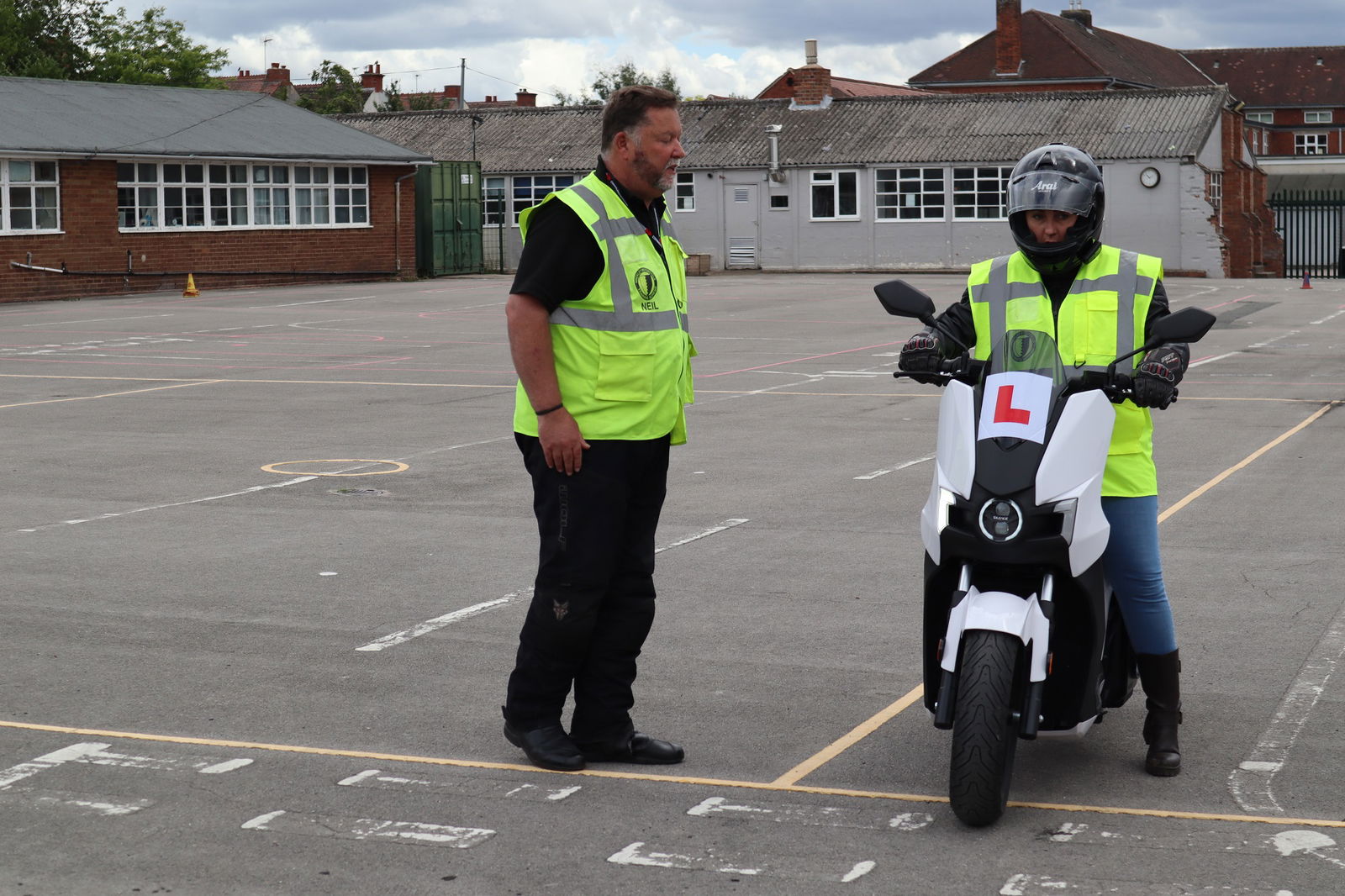
10. ‘Easy’ motorcycle tests
Once upon a time, of course, there was no car or motorcycle test at all. That first became compulsory in 1935 and was merely an observation test, requiring riding around a city block or similar and taking barely 30 minutes.
There was no capacity limit and, if you passed your bike test, you automatically qualified for a car. From July 1 learner riders were restricted to 250s (although still didn’t need a helmet, this was only compulsory from 1973).
The first bigger changes came in 1981 with a 125cc learner limit and new two-part test, requiring basic off-road training first. In 1989 the Pursuit Test was introduced where the examiner followed on a bike, the Theory Test was brought in in 1996 and the new A2, Direct Access etc categories in 1997.
By then, the days of riding your 250 around the block looking for an examiner with a clipboard were long gone…

9. Simple (but rubbish) bike gear
Once upon a time motorcycle gear for most consisted of a helmet (compulsory), jacket (mostly for fashion reasons), gloves (voluntary but sensible) and… that was about it.
This time was called the 1970s and 1980s, leather suits were for racers only, bike boots were either Derri (boring) or Doc Marts (or similar), Kevlar and Gore-Tex hadn’t been invented, football and Arab scarves were used in place of neck warmers and instead of the Sportsbike Shop we went to Army Surplus stores.
Then Frank Thomas came along and started offering paddock boots, racer replicas like the first GSX-R inspired racer gear and the world has never been the same…
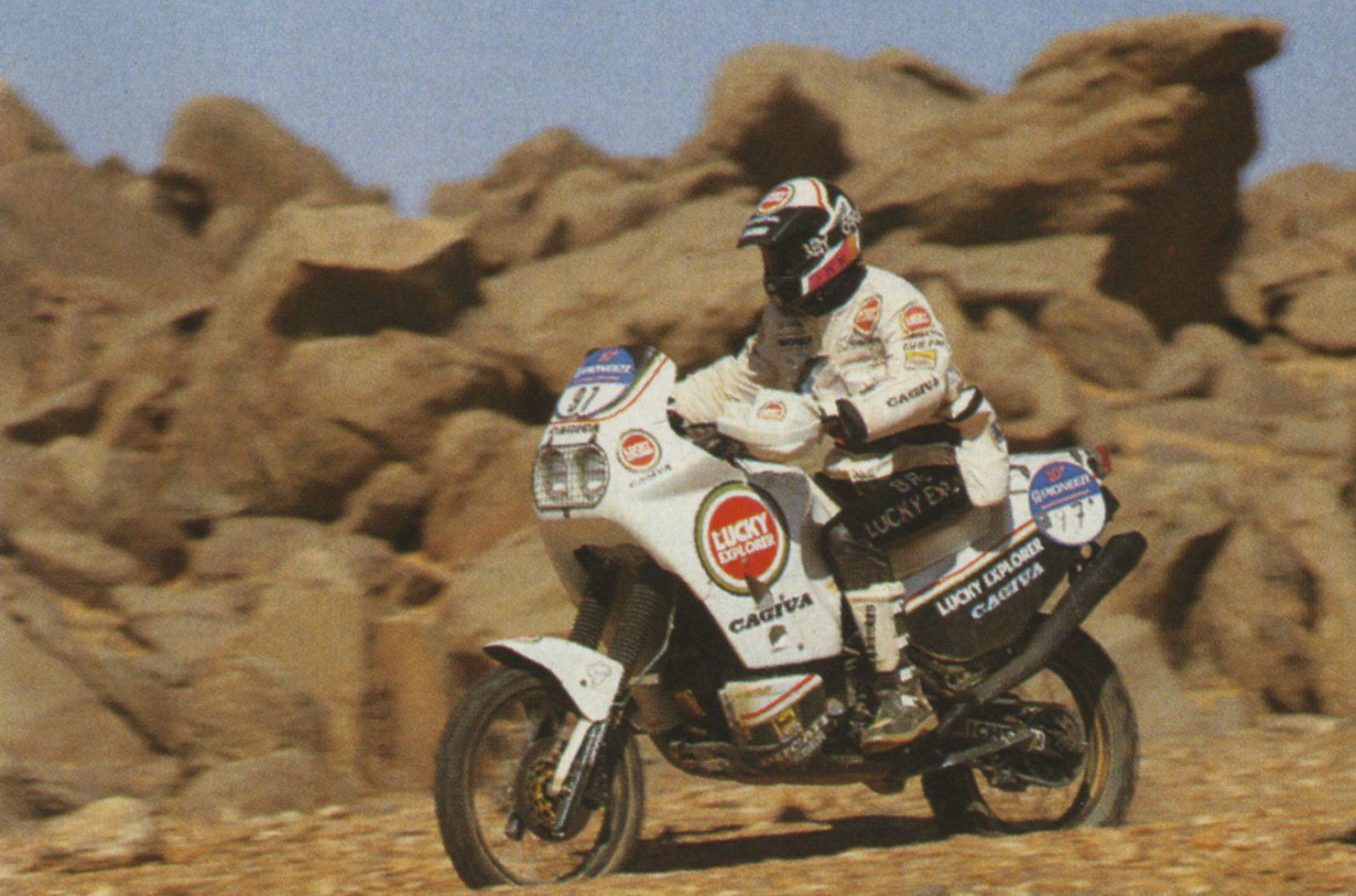
8. Trail bikes, 250s and more…
Popular bike classes back in the day used to be very different. In the ‘70s it was aspirational four-cylinder ‘UJM’s (Universal Japanese Motorcycles) such as Suzuki’s GS750 with a minority still on archaic Brits or Italians, with the bulk of us actually riding RD250s or GT380s. In the early ‘80s trail bikes and (due to the learner law) 250s were massive – Yamaha had both a DT (two-stroke) and four-stroke (XT) 250 trailie, with the rest of the Japanese ‘Big Four’ offering similar.
This was fuelled by motocross being more mainstream with the likes of Neil Hudson and Dave Thorpe being front page news. 1983’s 125 learner law changed much of that, as did the Paris-Dakar’s popularizing of ever bigger ‘trailies’ such as Yamaha’s 1983 XT600Z Tenere, then Honda’s Africa Twin and a whole new adventure bike class.
Humble trail bikes, meanwhile, have barely been seen since. Today, the Big Four’s only credible offering is Honda’s CRF300L..
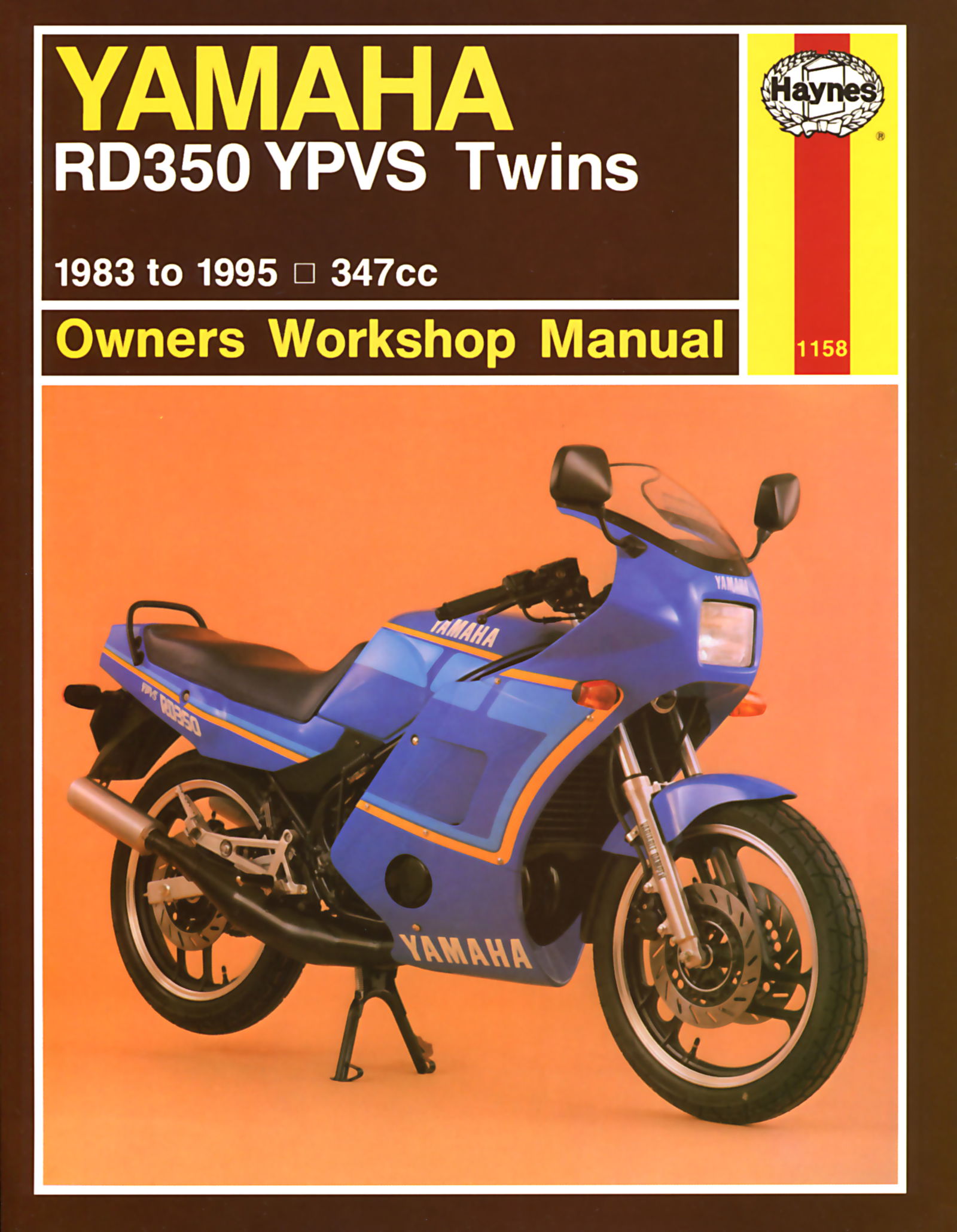
7. ‘Easy’ home maintenance
Once upon a time every motorcyclist worth his or her salt did virtually all their bike’s maintenance, at home. For this we were provided with helpful main or centre stands, rudimentary underseat tool kits and, if we wanted a little help, we bought a Haynes Manual.
I remember changing clutches, fork seals, tyres, gaskets and more with barely a thought. Today, unless you’re a classic buff, beyond lubing/adjusting the chain (and even that’s difficult without a paddock stand and more sophisticated tools, you simply don’t.
In fact, the most home maintenance most of us now do is hooking up your bike to a trickle charger. With the move to electric and electronics it’s getting worse by the day. Soon they’ll all be sealed so you can’t…

6. Truly British motorcycle brands
And I’m not just talking bikes. Yes, Triumph is British owned, but virtually all their bikes are now made in Thailand. Norton, will shortly resume production in Solihull but are now TVS (India) owned and it’ll be a similar story with BSA.
We don’t really mind any of that. But whatever happened to British-made clobber and accessories? Back in the ‘70s and ‘80s helmets were by British brands Stadium, Centurion, Kangol (as worn by Hailwood in 1978), Everoak, Premier and more, all usually with a Bob Heath visor; clobber was by Belstaff, Kett, Ashman and, later, Frank Thomas.
Then Italian gear (AGV, Dainese, Alpinestars) became popular, then Japanese (Arai, Shoei, Kushitani, RS Taichi). Again, none of that’s a problem. Today, though, it’s hard to tell what you’re getting…

5. The art (and joy) of buying and selling
Remember how you bought (or sold) a bike back in the day? Physical paper with your motorcycle printed in grainy resolution ink that undid much of the hard-work you may have put in sprucing it up to impress potential buyers.
There was a time when flicking through the ads in the weekly was more mouth-watering than the news. On Thursdays you’d go out and get your local classified newspaper or magazine and waste an hour with a highlighter pen, some on budget, some because you lived in hope.
If you were selling you’d ring them on the landline and a rep would come out with a Polaroid, you’d carefully choose your 28 words and then you were sure not to stray far from the phone just in case you missed the call you were pinning your hopes on.
Now we have smartphones, eBay and social media to lavish it with all the possible attention your motorcycle might possibly need

4. The lottery of winter starts
If you’ve only ever known modern garages, fuel injection and trickle chargers you don’t know nothing. Back in the day (again) winter mornings were both a misery and an art form.
Your bike was usually outside, on the street, in an alleyway or back yard. If you were sensible it was under a canvas or plastic cover that dogs had peed on and was covered in snow.
If you were lucky your bike had an electric starter but you still had to get the fuel tap and choke lever ‘just so’. If it kicked after the first two or three you were laughing. If not, it was time to try to bump it down an icy, ungritted road which required a skillset all its own. And don’t get me started on carb icing and more…
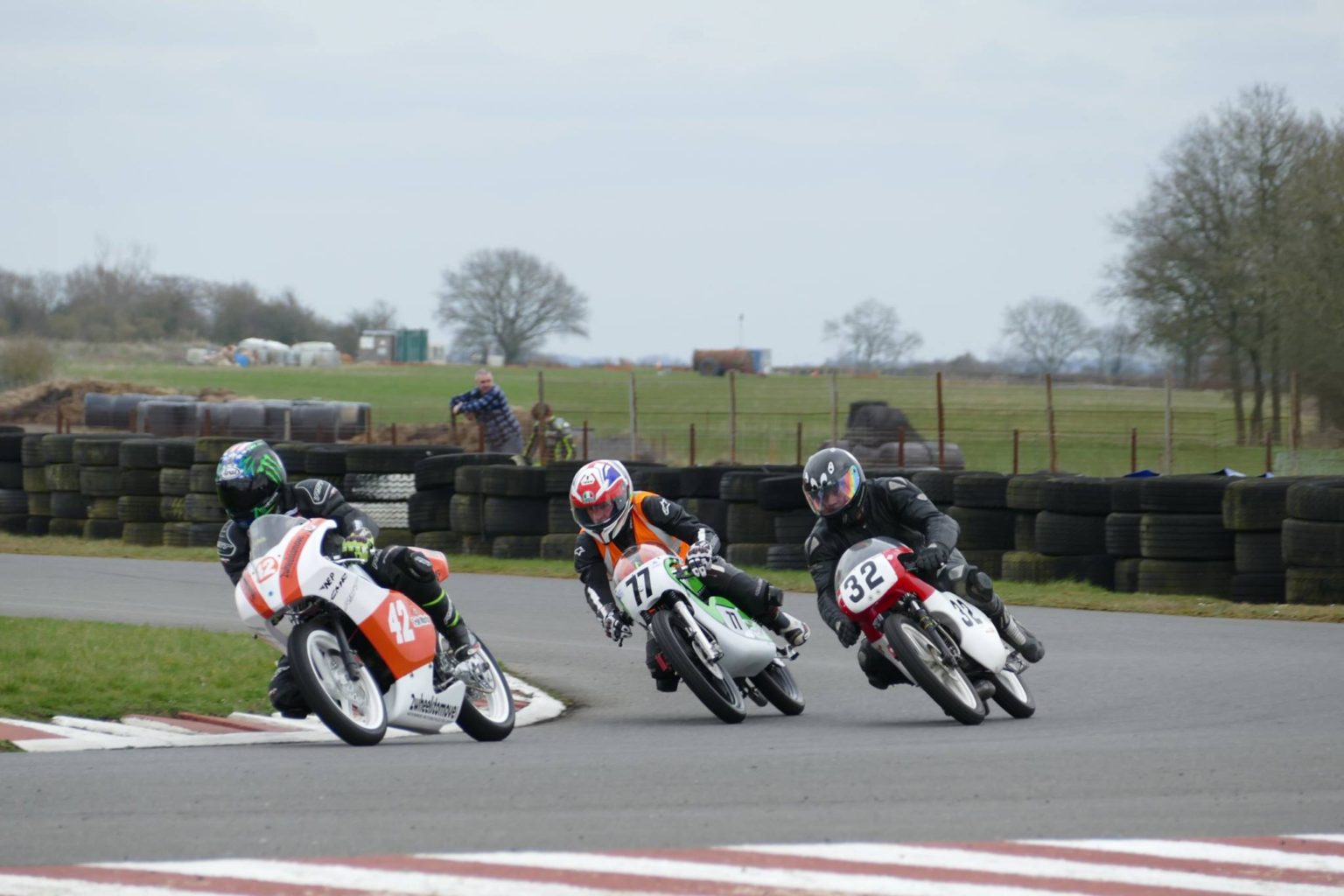
3. Truly amateur club racing
Many of us have had a stab at racing, usually at small clubs like Auto 66 or Pegasus: getting your ACU licence, saving for some scabby secondhand gear, prepping a sometimes knock-off proddie racer, sending off for your race regs (about 40 quid, if I remember), then turning up early on a Sunday morning with a bike trailer or tranny van and generally having a good day out.
Not any more. Now it seems you need to have a team equivalent to Team Gallina to even turn up for a track day: full-on race-prepped R1 on slicks? Check. Awning, workshop mat, paddock stands, generator and tyre warmers? Check.
Top spec race-suit, bespoke-painted Arai and all the body armour? Check, check and check. The rider, meanwhile, is now in his 50s and has missed his actual chance at race stardom by 30 years…
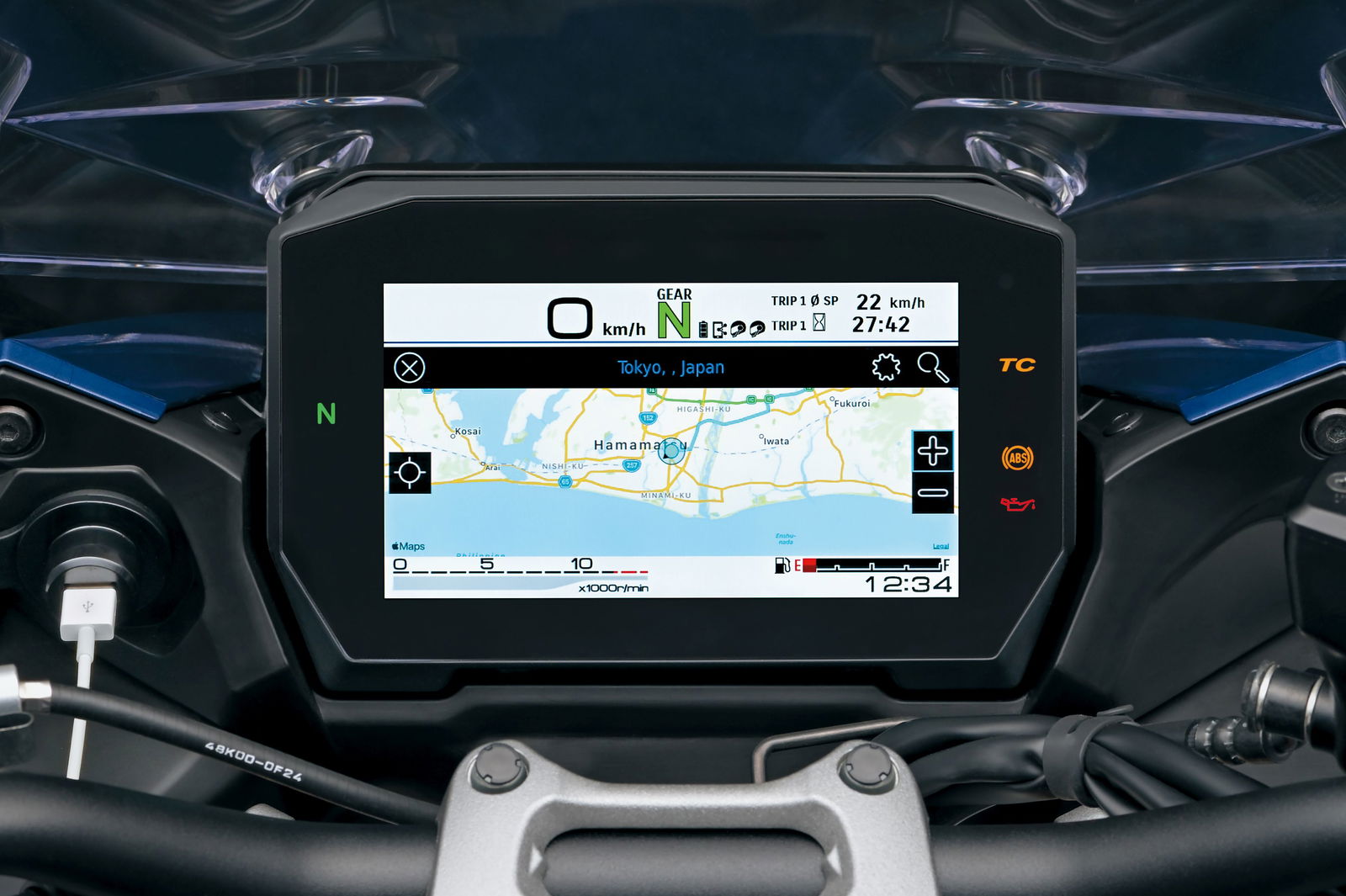
2. Getting lost
Maps – remember them? Especially yellow-scale Michelin Continental maps, with picturesque routes fringed in green.
Any foreign trip would be preceded by thorough, joyful, route-planning on one, making brief notes (N6 – Rouen, N42 – Chartres, or similar) on a piece of paper you’d then stuff under the window in your tankbag, then firing off on an adventure that buzzed with slight doubt and mystery.
Yes, of course you went wrong and got lost. You stopped and checked the map; you had a ‘discussion’ with your mates; you worked out a new route to get back on track. All of it was a joy and genuine adventure. Now you follow your satnav or phone and have no idea where you’ve been.
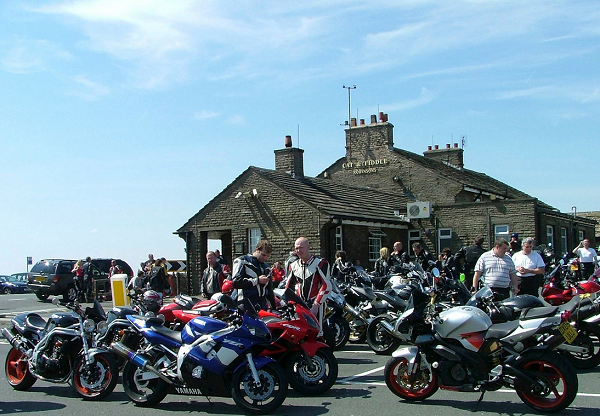
1 - ‘Proper’ bike clubs
Biking used to be full of clubs. It still is in some respects – classic marque clubs, racing clubs, although most of even these have now gone digital with Facebook pages and forums replacing club magazines and meetings. In many ways that’s for the better.
If you want some info, guidance or a marketplace for a particular type of bike, their Facebook groups are a brilliant way of getting in touch. But it’s also all disappointingly virtual.
Genuine bike clubs meets are few and far between, big rallies rarer still (remember the glory days of the BMF Rally?), the power of bike organisations like the aforesaid BMF and MAG is now diluted and the joy, the excitement and smell of receiving a new club magazine through the post all but gone.
But then, most of the traditional bike media – magazines, newspapers etc – is now gone, too, as proven by the fact you’re reading this…
And for the record, Visordown has never welcomed more of you to our little old website, so maybe motorcycle media isn’t in such bad shape after all
